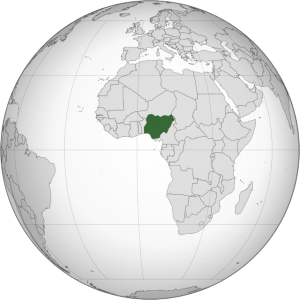Factors affecting risky sexual behavior of participating adolescents of the ENSACA/UNICEF ADOKITS Stepdown/Rollout Program

Submitted: 19 December 2022
Accepted: 30 January 2023
Published: 20 March 2023
Accepted: 30 January 2023
Abstract Views: 472
PDF: 238
Publisher's note
All claims expressed in this article are solely those of the authors and do not necessarily represent those of their affiliated organizations, or those of the publisher, the editors and the reviewers. Any product that may be evaluated in this article or claim that may be made by its manufacturer is not guaranteed or endorsed by the publisher.
All claims expressed in this article are solely those of the authors and do not necessarily represent those of their affiliated organizations, or those of the publisher, the editors and the reviewers. Any product that may be evaluated in this article or claim that may be made by its manufacturer is not guaranteed or endorsed by the publisher.

 https://doi.org/10.4081/acbr.2023.300
https://doi.org/10.4081/acbr.2023.300




